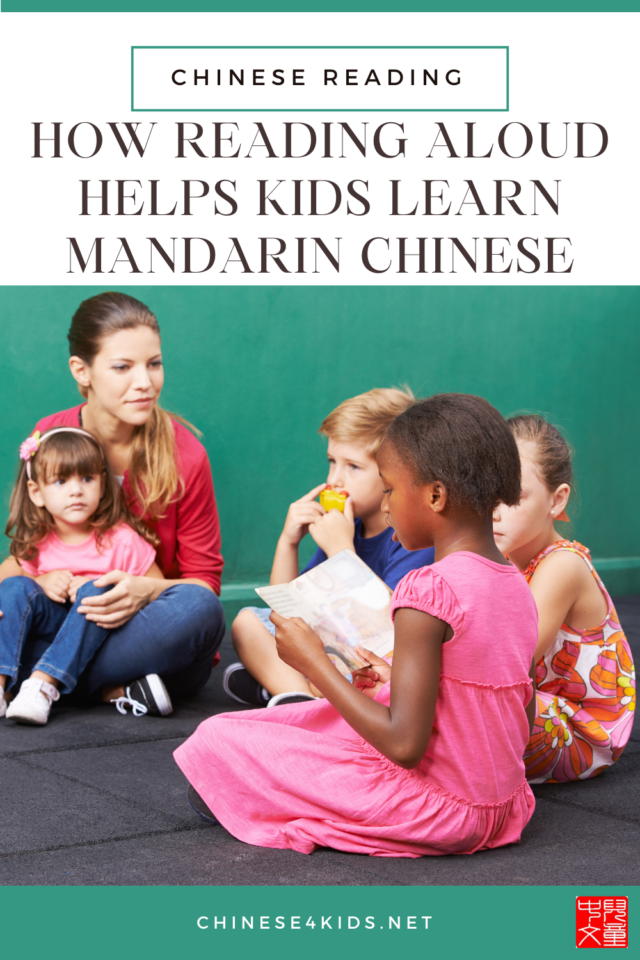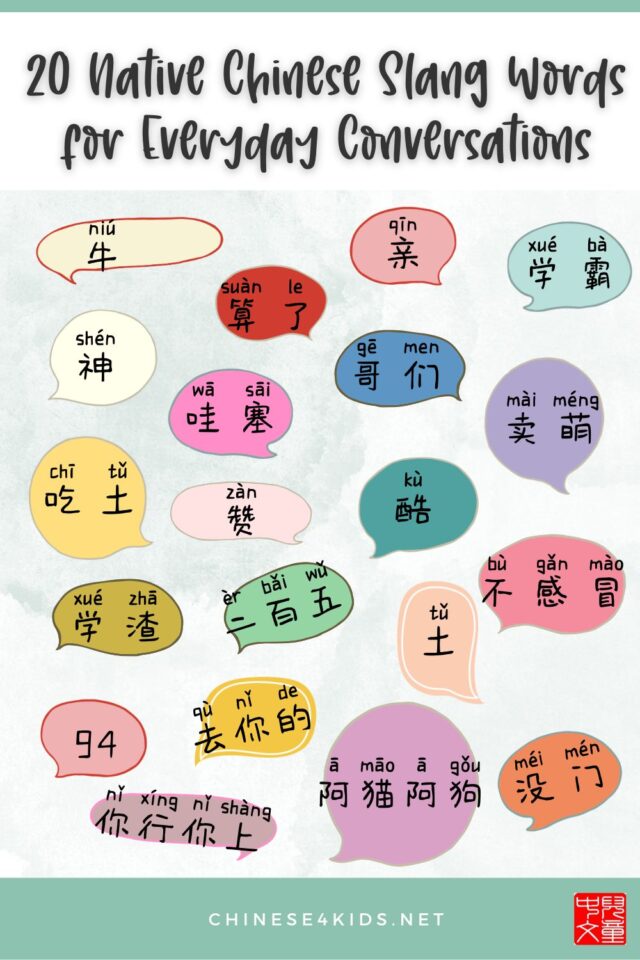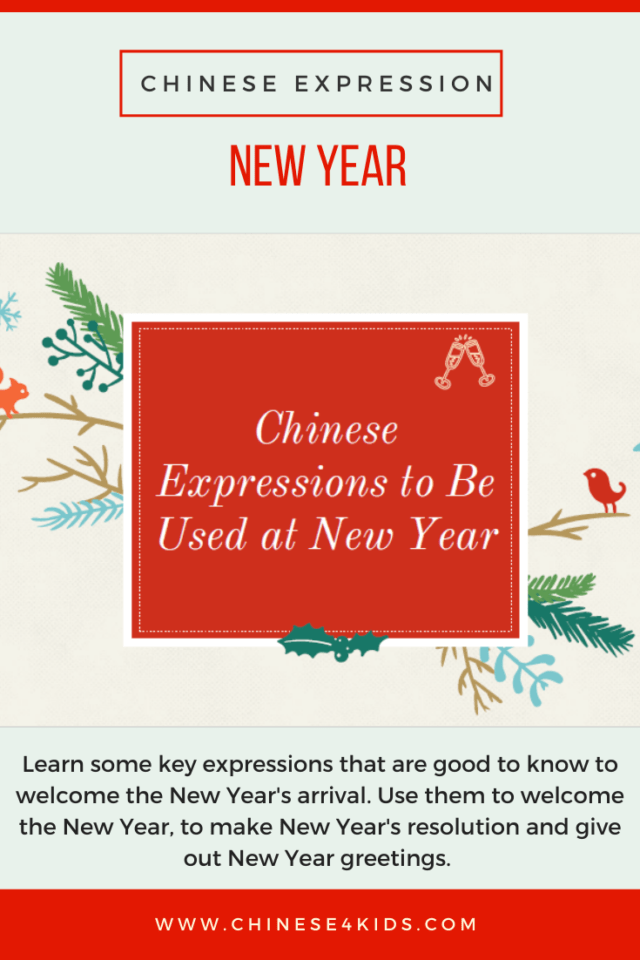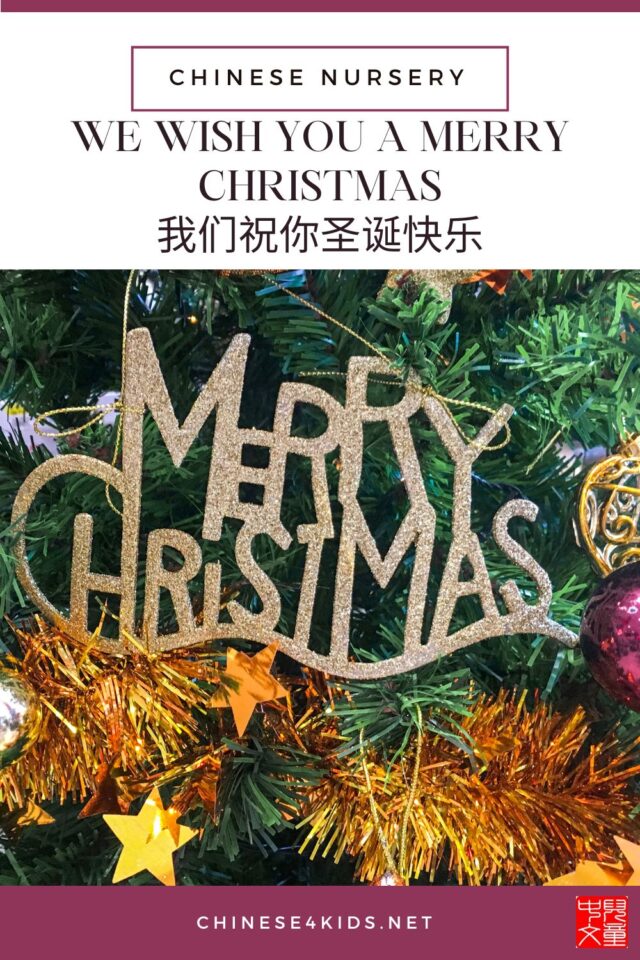Crack the Code to Mandarin: Learn Chinese by Cooking Scrambled Eggs
Are you looking for a fun, hands-on way to teach your kids Mandarin Chinese? Why not start in the kitchen? Cooking is a fantastic way to make language learning engaging and practical. In this article, we’ll show you how to teach Mandarin Chinese through a simple, kid-friendly recipe: 炒鸡蛋 – chǎo jīdàn (Scrambled Eggs ). […]
Crack the Code to Mandarin: Learn Chinese by Cooking Scrambled Eggs Read More »




















